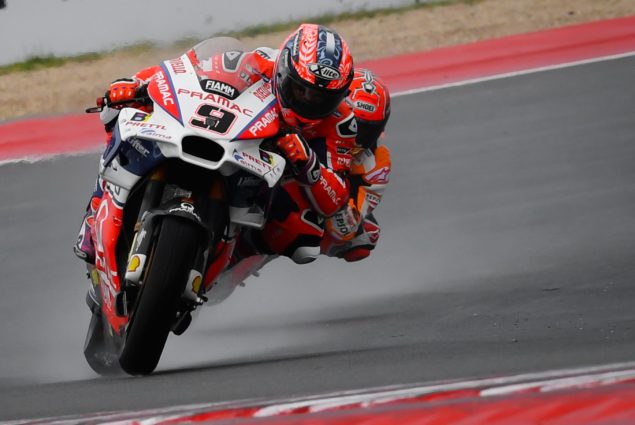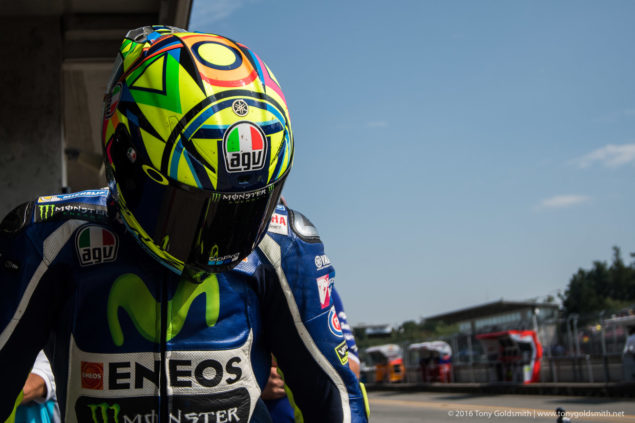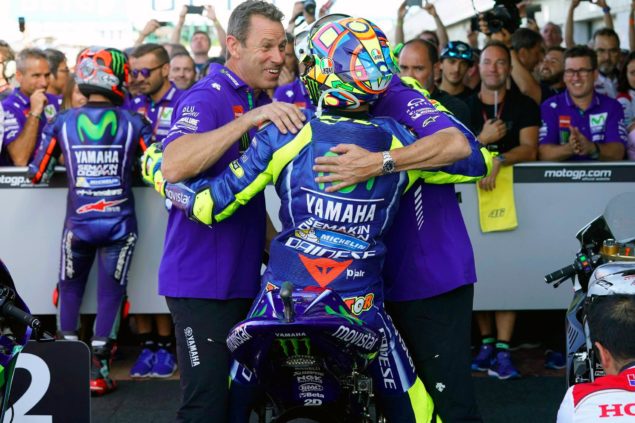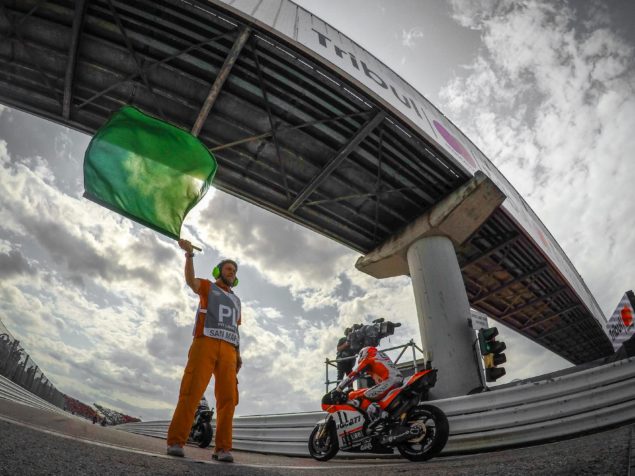
Will MotoGP survive the loss of Valentino Rossi? From the evidence of Misano, the answer is yes. According to the official figures released by Dorna, the attendance over all three days was down just 133 fans.
Not bad, when the three-day attendance was over 158,000. The Sunday numbers – a better measure, as the three-day figures are mostly derived by double and triple counting – were down a little, from 100,000 to 96,000.
Disregarding the official numbers (justifiably, as there are plenty of good reasons to suspect the books are well and truly cooked at some circuits), judging visually, the grandstands and grass banks were pretty full, almost as full as last year.
Despite the horrendous rain, which was heaviest as the fans were making their way to the circuit, and continued all the way up until the flag dropped.
Valentino Rossi is irreplaceable as an icon of the sport, known both inside and outside motorcycle racing. But the cast of characters, heroes and villains, which the sport now has, and the intense and close racing we see is enough to keep the overwhelming majority of the fans watching.
There will undoubtedly be a drop in attendance and TV figures, but on the evidence of Misano, it will be nearer a survivable 10%, not a disastrous 40%. MotoGP will survive the loss of Valentino Rossi, once he goes.
All three MotoGP classes gave the fans a reason to keep watching. The rain created a spectacle of its own, with crashes shaking up the outcomes. The early leaders crashed out in both Moto2 and MotoGP, with major consequences for the title in the Moto2 race.
Though the winner checked out early in Moto3, the battle for the podium – and as a result, for the championship – heated up behind. And both MotoGP and Moto3 were decided in the last few laps, as riders launched attacks and either saw them rebuffed, or got through to seize glory.










